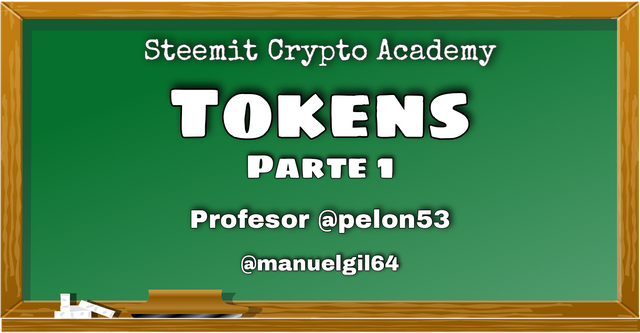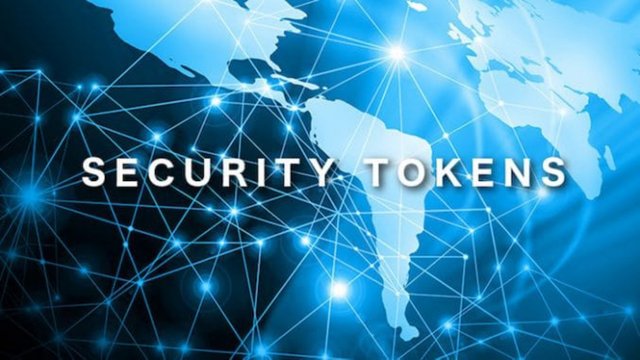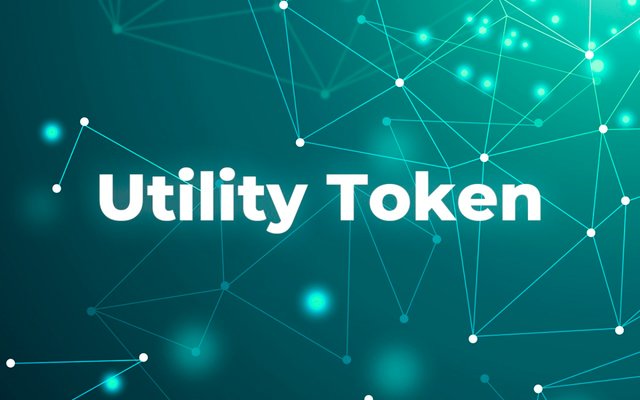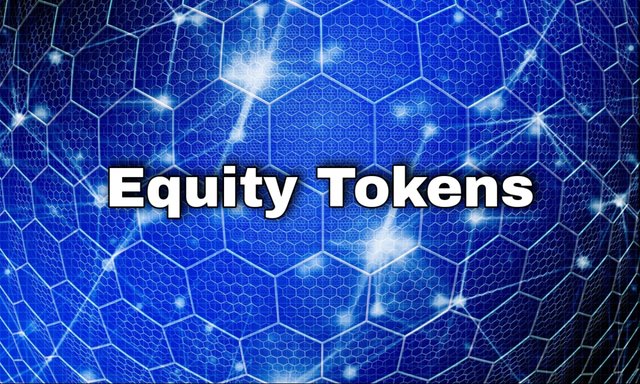Steemit Crypto Academy Season 2 Week 2 || Tokens, Parte 1: Homework Post by @pelon53
"The blockchain approach is based on building the most widely used and trusted wallet technology, allowing users to be like their own banks. We believe that wallets will turn the ecosystem on its head and business could take the lead in this space that disrupts the monetary and centralized institutional world."
Richard Branson

Image edited with PicsArt
Steemit Crypto Academy Season 2 Week 2 || Tokens, Parte 1: Homework Post by @pelon53
The first documented record of the use of tokens as a payment system dates back to the Roman Empire, with the appearance of the "spintriae", tokens made of brass or bronze and with a diameter of about 20 millimeters that were used in the brothels and gambling houses of the time; although it is believed that the use of tokens is earlier.
Later, during the Middle Ages, English monasteries issued tokens to pay for the services of outsiders. These tokens circulated in nearby villages, where they were called "abbot's money" and were used to purchase food and other goods within the county.
With the colonization of the New World by Spain and England, the need to create tokens to exchange for merchandise or legal tender was born. It was common to mint tokens of low quality, with the promise of exchanging them for real coins, however, given the scarcity of money, it was not always possible, and these tokens that had no value, acquired an intrinsic value, although it was limited to its immediate area of influence.
It was also a common practice, the use of tokens by large landowners to pay their day laborers and workers, who had to use them in their own stores located within the herds or estates, since outside of them they had no value.
More recently, telephone tokens, subway tokens and casino tokens were adopted by their respective systems to replace the physical currency and minimize the risks of handling large volumes of cash, such as robbery and theft.


What is a token?
The term "token" is derived from the old word of Anglo-Saxon origin "tacen", which refers to a sign or symbol.
In the virtual or cryptographic world, the use of this term has its origin in the physical world. Originally tokens, as described above, were pseudo-currencies or vouchers, which were used as a substitute for a real currency, and as such had no value outside the ecosystem in which they were created.
In a broader sense, tokens can be defined as "units of value" issued by companies or private entities using blockchain technology. Their use is becoming more and more frequent because they are a secure and practical way to represent ownership, and they are fairly easy to program.
It is very common the confusion around the terms token and cryptocoin, and their use indistinctly to designate equally one or the other, as if they were synonyms, and although both represent value, their definitions differ.
There are several differences between cryptocoins and tokens, however, the main one lies in their structure: cryptocoins develop their own blockchain for their operation, and in addition, they can be obtained by a mining process; on the contrary, tokens make use of existing platforms, as in the case of Ethereum, and their creation starts from fundraising through ICO, Initial Coin Offering, and more recently, IEO, Initial Exchange Offering.
The first tokens to hit the cryptoasset market were developed on the Bitcoin platform, although many other cryptocurrencies have also been used for this purpose, however, Ethereum has become a favorite among developers, by offering Smart Contracts that allow the creation of tokens in a fast and secure way.
Within the tokens, three categories can be distinguished according to their characteristics and uses:
Security Tokens: linked to traditional investment instruments.
Utility Tokens: allow access to the products created by the companies.
Equity Tokens: a very special type of token, related to Security Tokens.
The three types of tokens mentioned above, and which will be described in more detail below, allow their users a range of financing tools tailored to their needs.

Security Token

Image edited with PicsArt
With the dizzying growth that cryptography and tokens have experienced in recent years, the world has slowly begun to realize their benefits, and is increasingly adopting them in various walks of life.
But one industry that has not yet "tokenized" is the investment and finance industry, although there have been some attempts to tokenize securities. It seems that general acceptance within this sector is still some time away.
Security tokens are a category of cryptographic tokens similar to others, but linked to financial securities. A security is a type of exchangeable financial asset, and although there are many types, one of the preferred by investors are the traditional shares of companies.
It is common to perceive this category of token as a form of stock. In other words, security tokens grant their owners rights and obligations quite similar to traditional shares, depending on the number of tokens held. Among such rights that are acquired, among others, it is worth mentioning the right to voice and vote in the decision-making of the company and participation in the distribution of dividends, if any.
An example of security token is BankEx (BKX), a FinTech company, a term that comes from the union of the words "finance" and "technology", which uses blockchain technology to create the infrastructure necessary for the decentralization of the world's capital markets.
This token, which operates within its own platform, grants benefits and offers options to join the company's investors, in addition BankEx offers advisory services for the tokenization of shares, within a business model in which the possession of its tokens gives its users free access in perpetuity to its services, something similar to a subscription to web services, except that the payment is only made once, instead of on a regular basis.

Utility Token

Image edited with PicsArt
It is a type of token that seeks to assist in the capitalization or raising of economic funds for the development of projects by start-ups or companies.
The utility tokens allow us future access to goods or services offered by a company, and are usually associated with projects under development and ICO (Initial Coin Offering), a means by which funds are raised through the pre-sale of tokens that are acquired or exchanged for other cryptocurrencies in circulation or FIAT money.
An important fact is that the distinction between utility tokens and security tokens obeys more technical reasons than legal reasons. Those countries that have established regulations on cryptocurrencies in their legislations do not take this distinction into account when deciding on the nature of the token.
Some examples of utility tokens are as follows:
- Funfair
- Basic Attention Token
- Brickblock
- Timicoin
- Golem
Currently, most tokens are utility tokens, meaning that they have a value associated with the function or property they represent. For example, Basic Attention Token (BAT), developed in the Ethereum ERC-20 standard, is used for interactions with the Internet Brave browser. BAT tokens are used to block advertising, change the specific type of ads viewed or to be rewarded with tokens for viewing them.
BAT's proposal is to develop a new, more balanced business scheme aimed at today's digital advertising space, where users are tracked without their knowledge or consent, publishers have trouble monetizing content, and advertisers are constant victims of fraud.
In short, BAT seeks to eliminate intermediaries in the advertising process, rewarding its users for their attention to ads, and publishers for allowing advertising on their websites.

Equity Token

Image edited with PicsArt
An equity token is a type of security token that works more like a traditional equity asset. Simply put, those who hold equity tokens in their portfolio have some form of ownership in their investments, where each token represents a percentage of the ownership they actually hold.
These tokens can come in many forms, but the most common are:
- Stocks
- Futures
- Options Contracts
- Tokenized Real Estate
- Tokenized Companies
Equity tokens are commonly referred to as "the shares of the 21st century", because their holders are not only entitled to ownership, but also to a share of the company's profits and the right to vote in decision-making.
The major difference between an equity token and a traditional share lies in the method of registering ownership. A traditional share is registered in a database and may be accompanied by a paper certificate, while the equity token is registered on a blockchain.
Key examples of companies that have created equity tokens include the following:
- Neufund
- The Elephant Private Equity Coin
- Slice
- Documo
- BFToken
BFToken is a global online investment platform created in 2018 and based in the Cayman Islands, BnkToTheFuture.com that promises investment opportunities in technology and financial innovation to its investors with the motto "Invest in the future of finance".
The BFToken (BFT) developed in Ethereum, can be used by all as a reward and membership token to access the benefits offered by this investment platform, which seeks to encourage investor relations with faster and real-time transactions, with greater transparency in information.

Conclusions
In the crypto ecosystem a token is the digital representation of a physical world good or asset.
The terms cryptocoin and token are often confused, however, a cryptocoin is a unit of value that runs on a proprietary platform, while the token makes use of a previously developed third-party platform.
The tokens are classified into 3 types, according to their use and characteristics. The most common are the utility tokens that allow acquiring or accessing goods or services offered by a company or a group of developers.
This is my Homework Post for Steemit Crypto Academy Season 2 Week 2 | Tokens: Part 1 by Professor @pelon53


Hola @manuelgil64
Gracias por participar en la Academia Cripto de Steemit.
Disfruté de la lectura, buen trabajo.
Felicidades y éxitos en tu próxima publicación.
Gracias Profesor @imagen. Esta calificación me compromete a continuar trabajando duro en las restantes semanas.
Saludos
twitter-promotion link